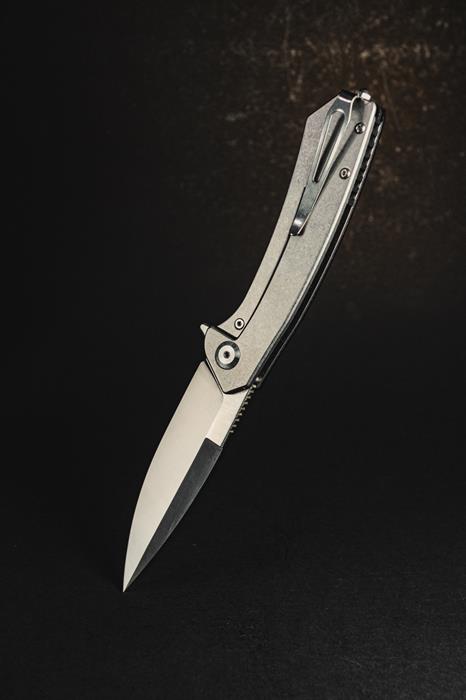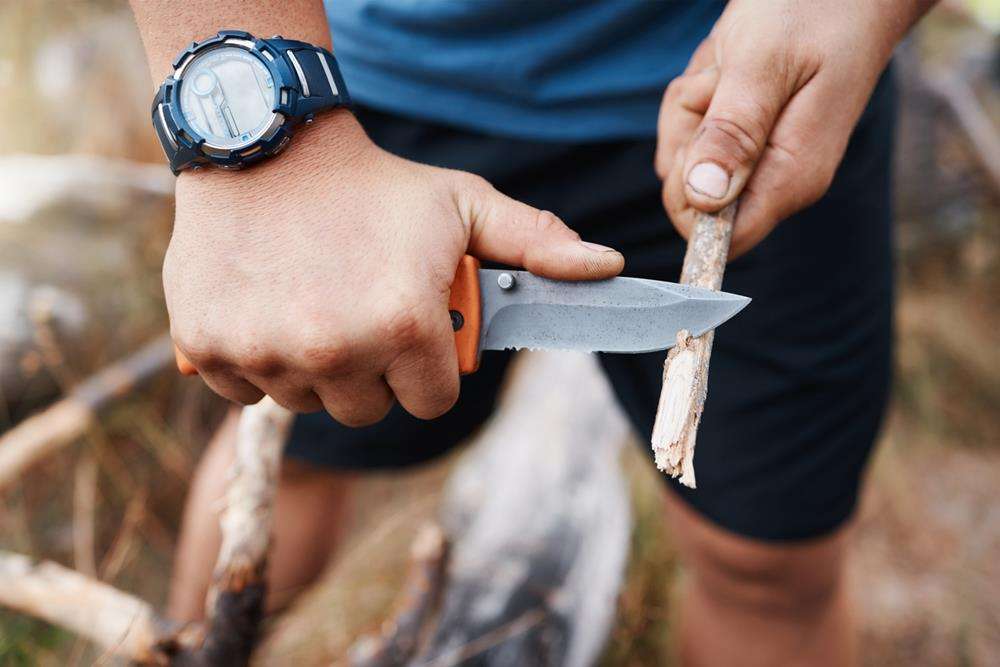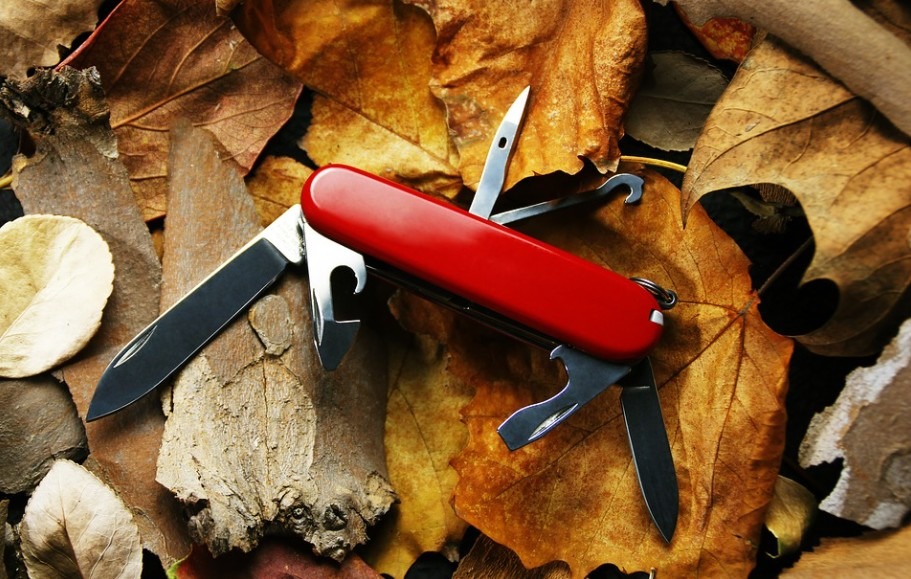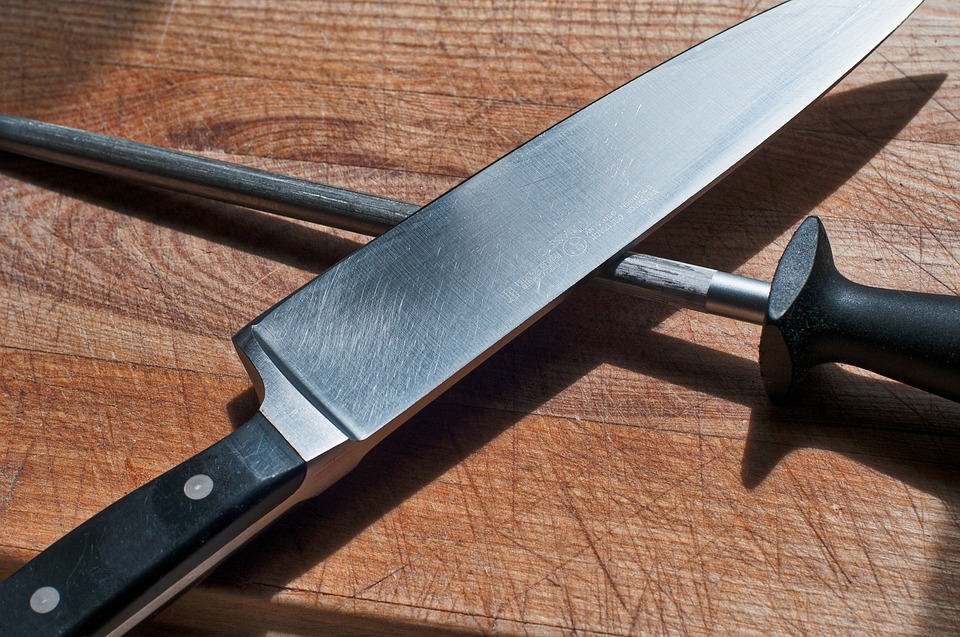Best Outdoor Knife Picks for Texas Hiking and Camping
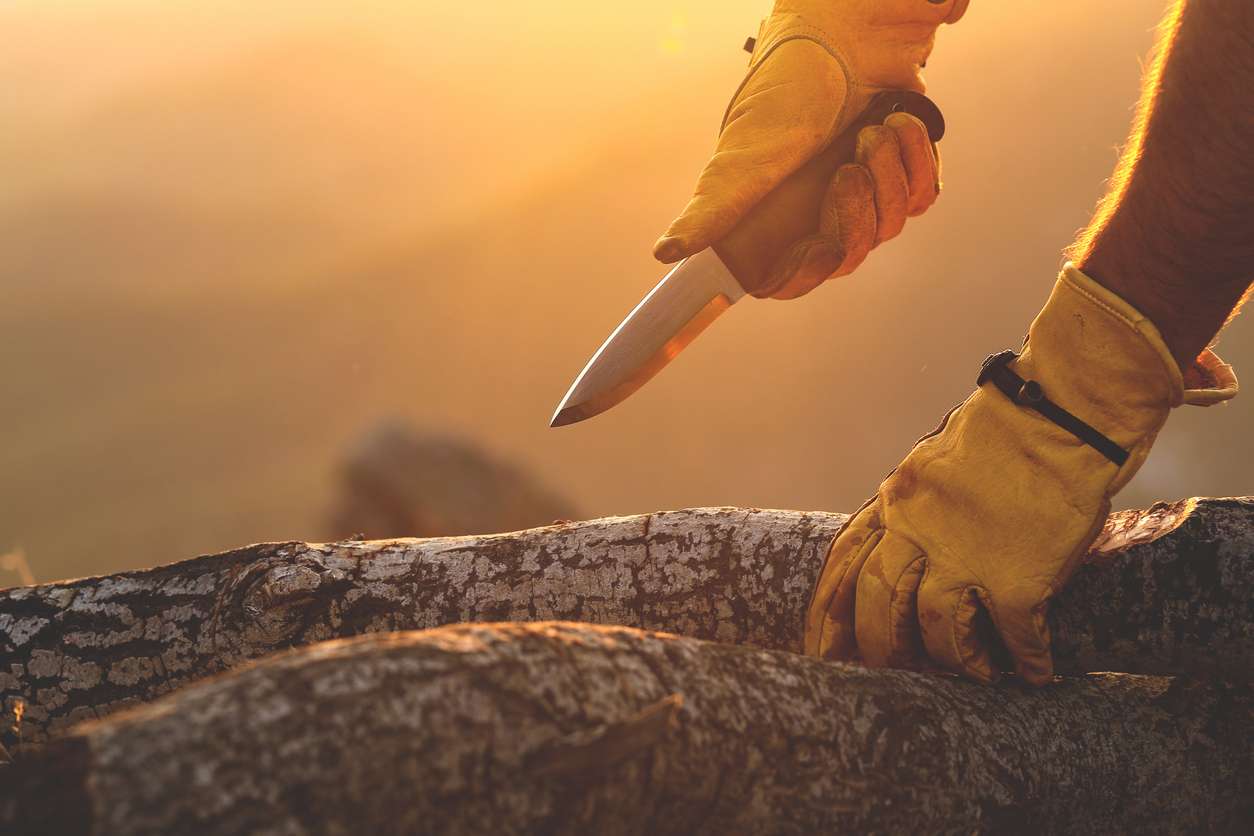
For Texas hiking and camping, consider both fixed-blade and folding options based on your activities. Fixed blades like the Gerber StrongArm offer durability for heavy tasks, while folders like the Kershaw Blur provide portability.
Choose stainless steels with solid corrosion resistance to handle humidity, and look for G10 or Micarta handles that won’t deform in heat. Budget-friendly options include the Vosteed Nightshade (often around $69), while serious enthusiasts might prefer Benchmade and other premium makers.
Discover which knife features matter most for your specific Texas adventures.
Fixed-Blade vs. Folding Knives: Which Is Right for Your Texas Adventure?
When selecting a knife for your Texas outdoor adventures, the choice between fixed-blade and folding designs is the first critical decision. Fixed blades offer superior strength and durability—ideal for demanding bushcraft and survival tasks where reliability is non-negotiable. Their simpler construction also makes cleaning easier after muddy trail days, and they’re less prone to failure under heavy loads.
Folding knives excel in portability and pocket/pack compatibility, taking minimal space while staying handy for everyday camp chores. They’re sufficient for light to moderate tasks but don’t match fixed blades for prying or batonning.
Consider your conditions: backcountry camping may merit a robust tool, while day hiking favors convenience. Your typical activities and preferred carry method should ultimately guide this fundamental choice.
Top Budget-Friendly Knife Options Under $100
View this post on Instagram
When miles matter, every ounce counts. Focus on compact blades under ~4" and, when possible, under 2 oz to minimize pack weight while retaining utility. The Benchmade Bugout (~1.8 oz) delivers excellent weight-to-function, while the Gerber Ultralight LST (~0.6 oz) is a featherweight backup. Multitool fans might prefer the Victorinox One-Hand Trekker (~4.6 oz) for added trail tools. Prioritize: Texas’s dust + humidity combo demands consistent care. After use, wipe down the blade and use a soft brush/Q-tips to clear pivots and lock tracks. Apply a light film of food-safe mineral oil or a dedicated protectant after thorough drying to create a moisture barrier without attracting grit. Avoid long-term storage in leather sheaths (they can trap moisture). Instead, keep knives in a dry, ventilated area with silica gel. Inspect regularly for early rust—especially after sweaty hikes or coastal trips. In dusty environments, use compressed air rather than water to avoid making muddy abrasive paste. Match your maintenance to the steel: stainless and carbon tools have different needs. From the deserts of Big Bend to the humid Piney Woods, versatility rules. A drop-point between 3–5 inches with a sensible edge geometry (sabre or Scandi grind) handles food prep, camp chores, and emergency tasks. The Benchmade Griptilian 551 is a well-rounded choice with durable construction and a practical blade profile. For handle durability, consider: How you carry your knife impacts safety and access. Choose a sheath with secure retention—friction fit, snaps, or secondary straps—to prevent loss on rugged trails. Belt carry offers stability and quick access; pocket carry suits smaller folders with reliable clips. Keep the blade oriented away from your body when drawing and cutting. Inspect sheaths and clips for wear, especially after bushwhacking or scrambling. For blades over 5.5 inches, remember Texas treats them as location-restricted knives—they’re prohibited in certain places (e.g., schools, secure airport areas, bars posted 51%, and some government/hospital facilities). Always check posted signs and local rules. Texas law is generally permissive, but there are important limits. Adults may carry most knife types in public; however, blades over 5.5 inches are location-restricted and illegal in specific locations (such as schools, polling places, and secured government/airport areas). Minors face additional limits on carrying larger blades unless under appropriate supervision or in specific contexts. Keep larger knives secured during transport, and verify rules for parks, events, and buildings you plan to enter. Automatic/switchblade knives are legal in Texas, but the same location-restricted rules apply to long blades. When in doubt, err on the side of smaller blades and check current statutes before your trip.Premium Knife Selections for Serious Outdoor Enthusiasts
Blade Materials That Withstand Texas Heat and Humidity
Essential Features for Camp Cooking and Food Prep Knives
Lightweight Knife Options for Long-Distance Texas Trail Hiking
Knife Maintenance Tips for Dusty and Humid Conditions
Multi-Purpose Knives for Diverse Texas Terrain and Activities
Best Knife Carry Methods for Texas Hiking Safety
Knife Regulations and Legal Considerations for Texas Outdoor Activities

